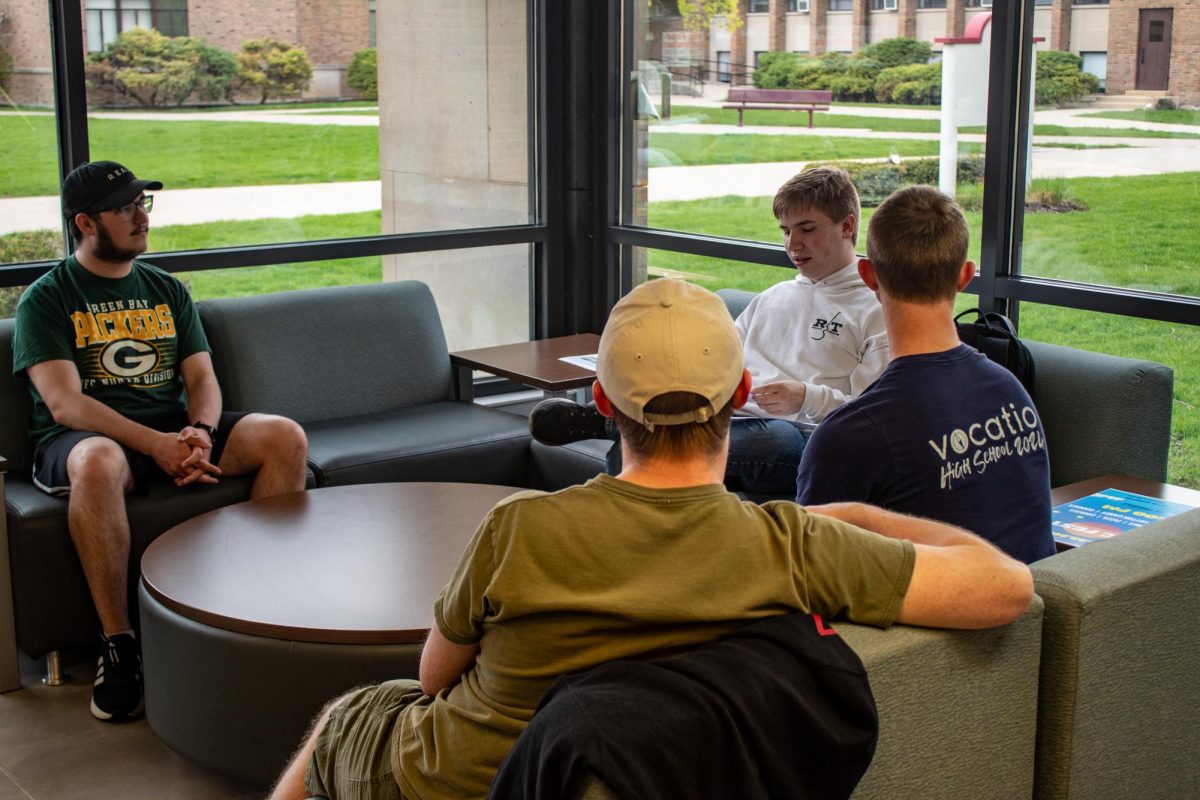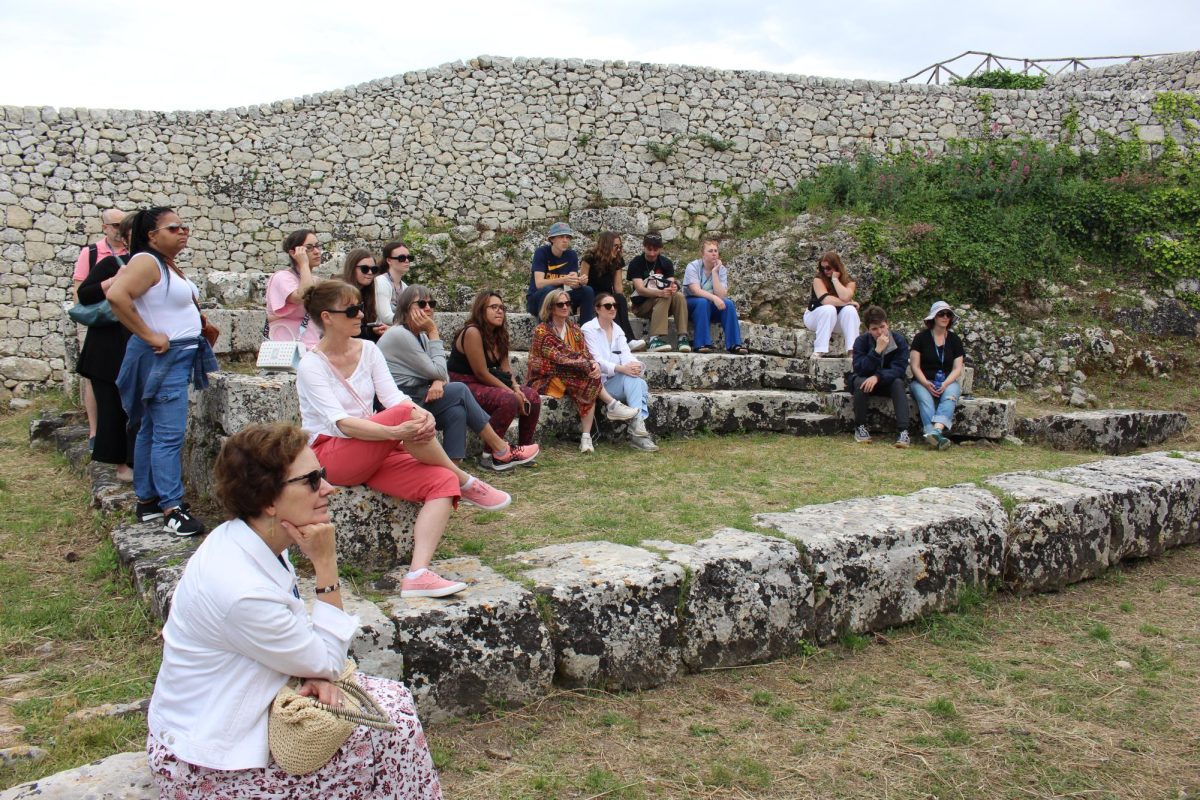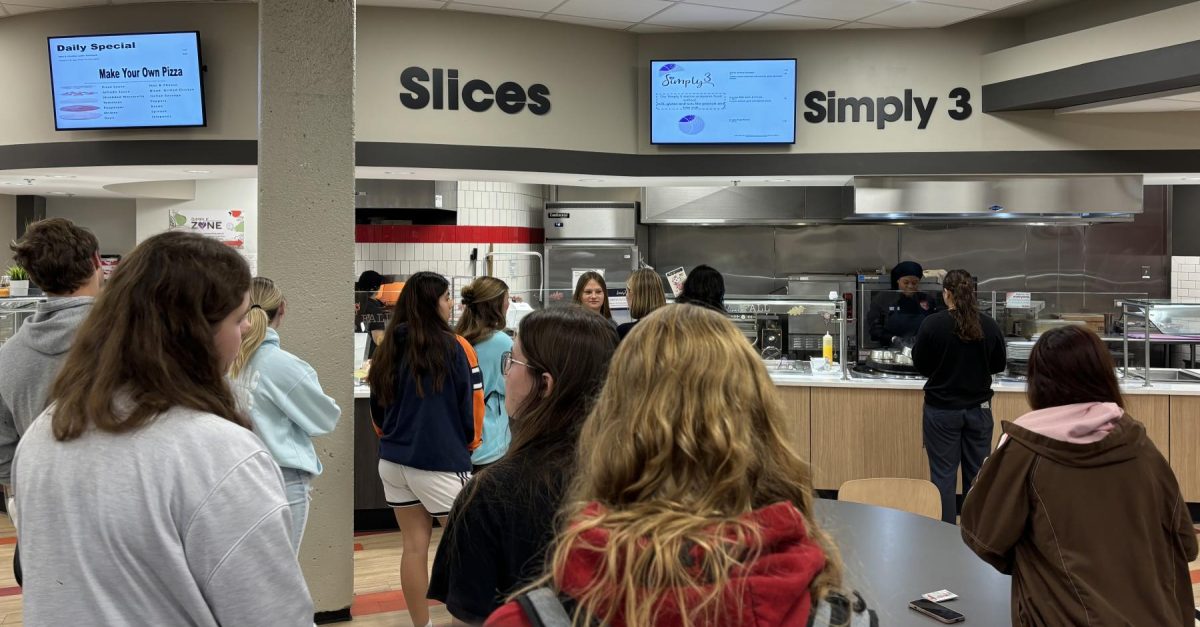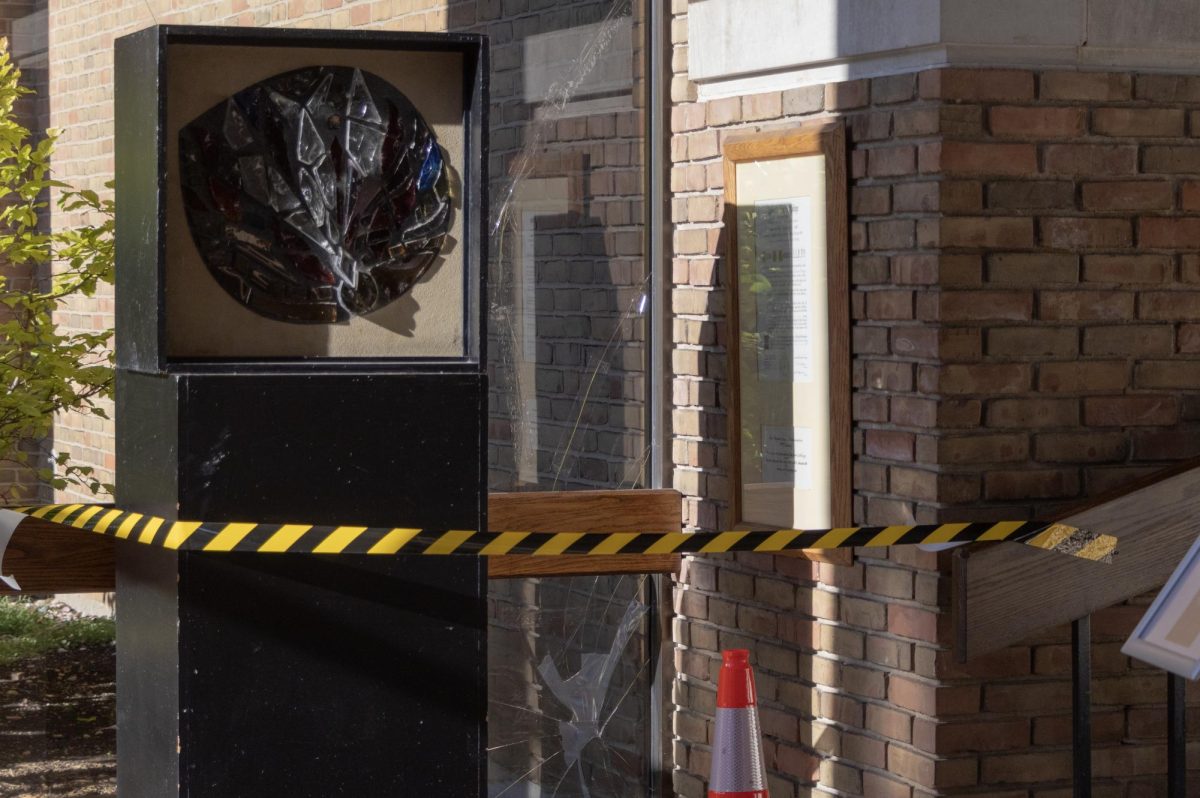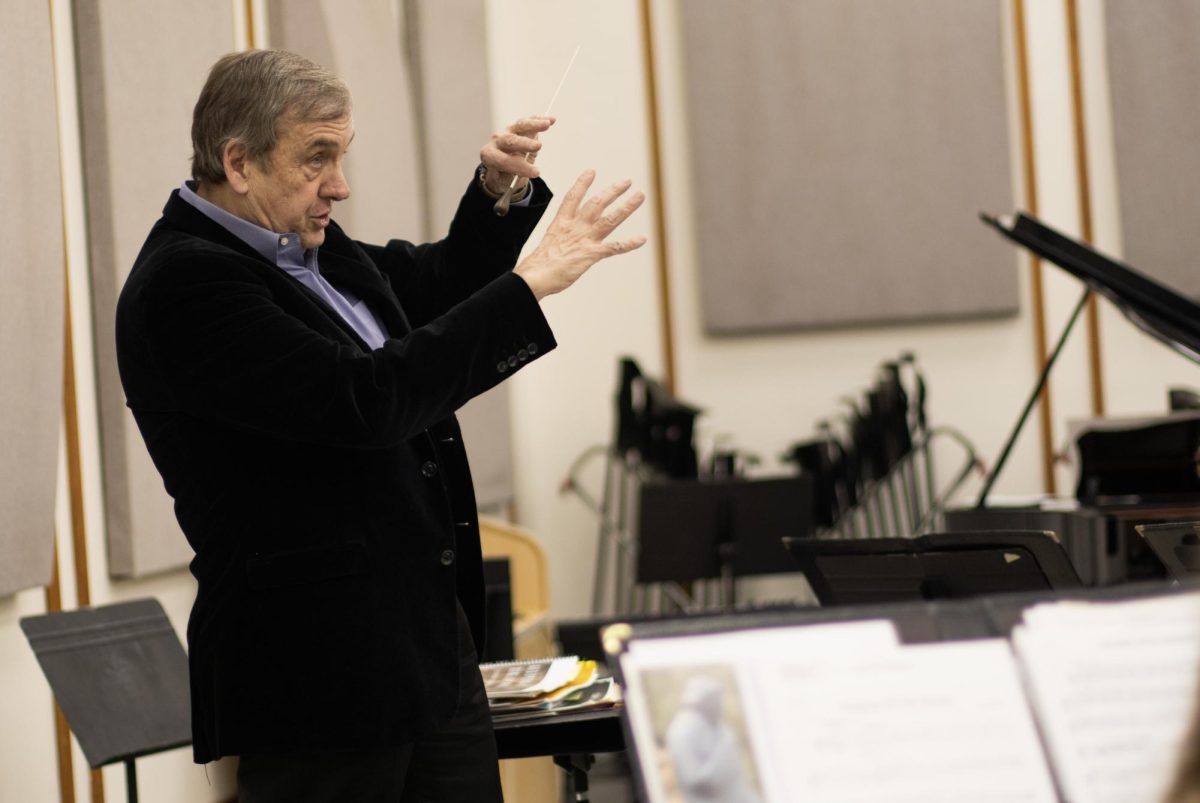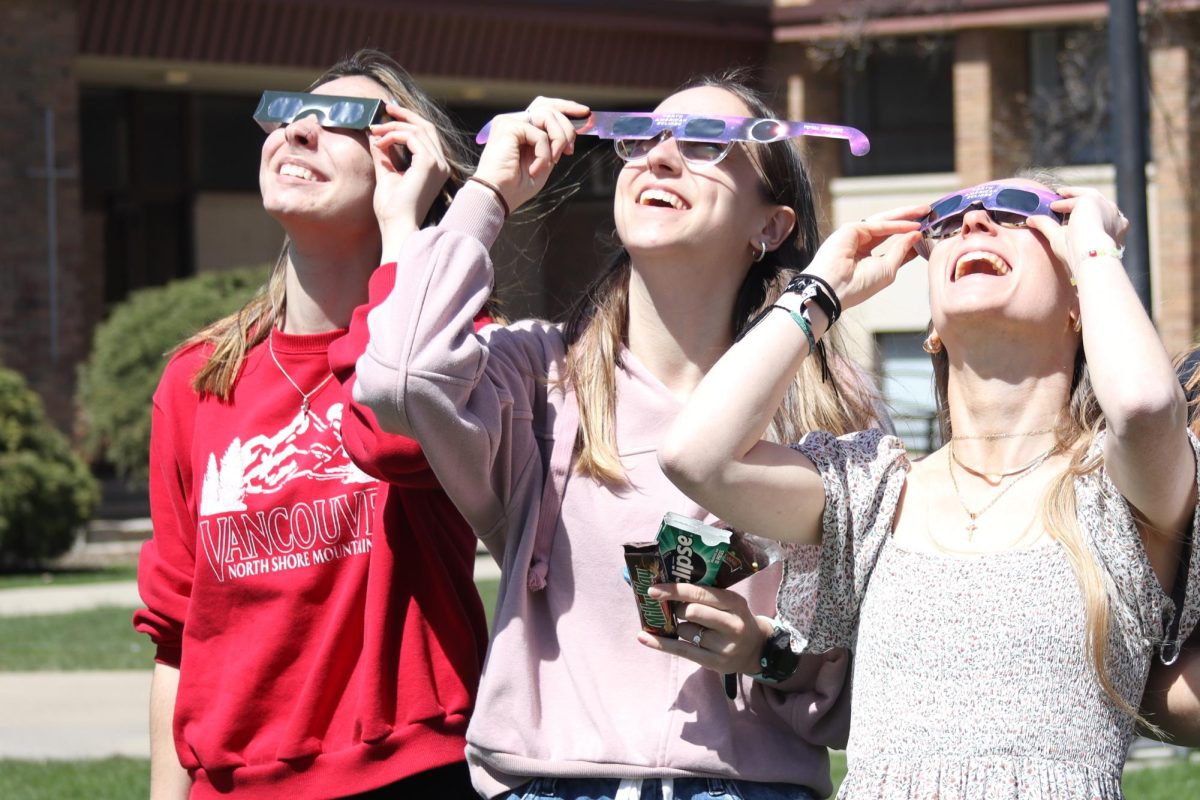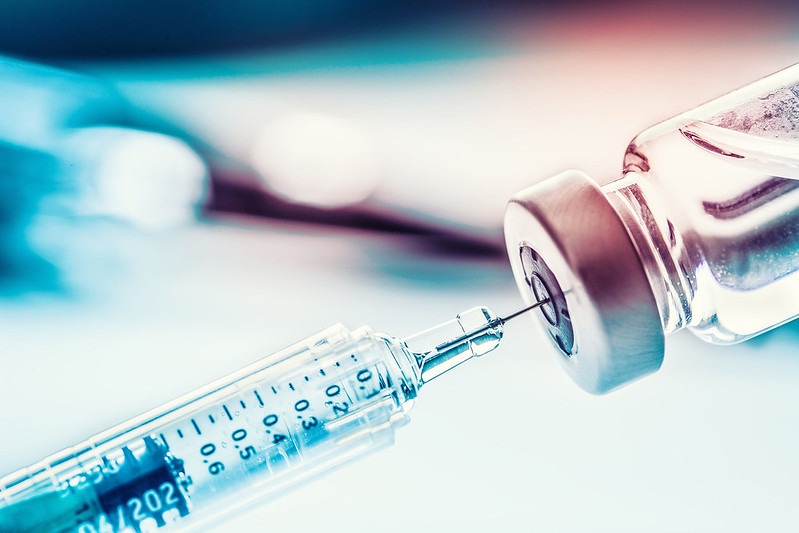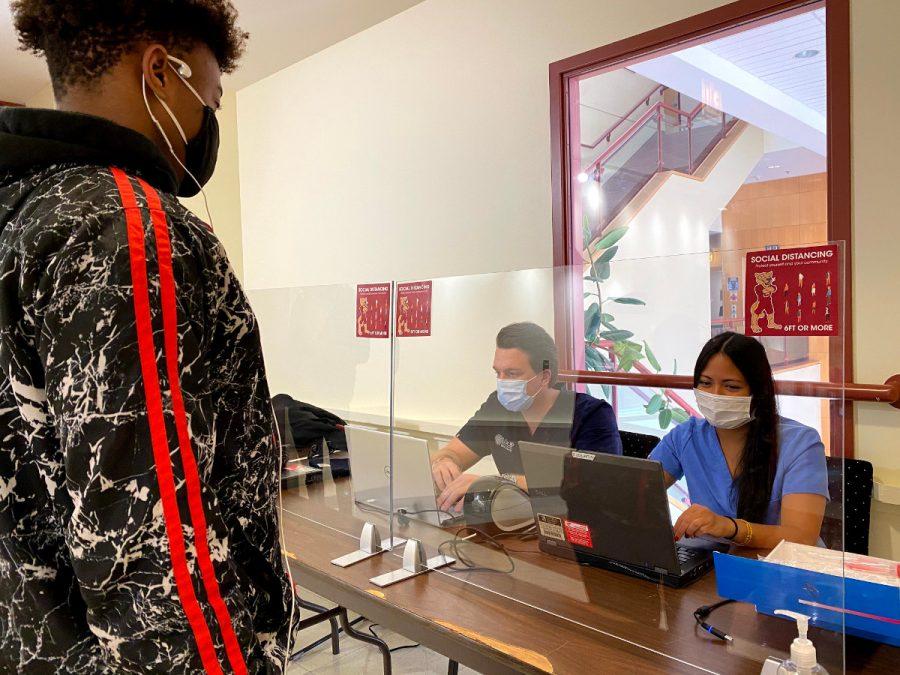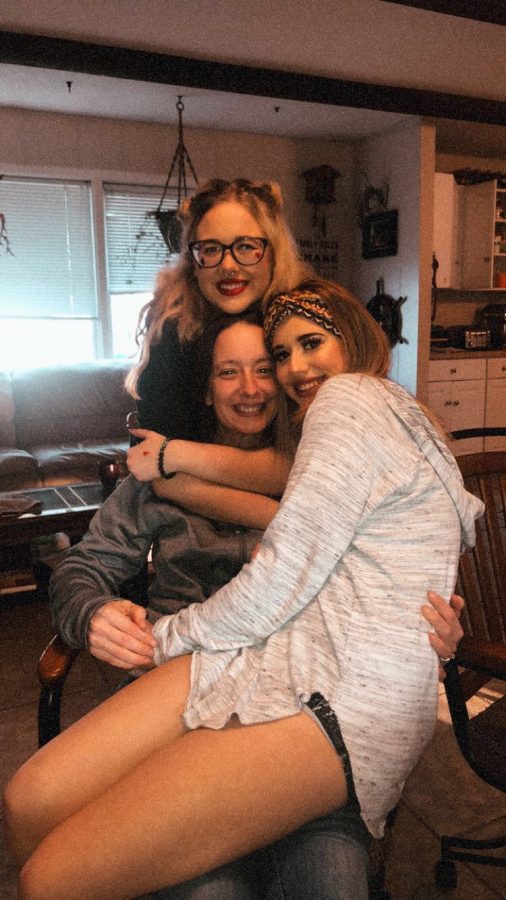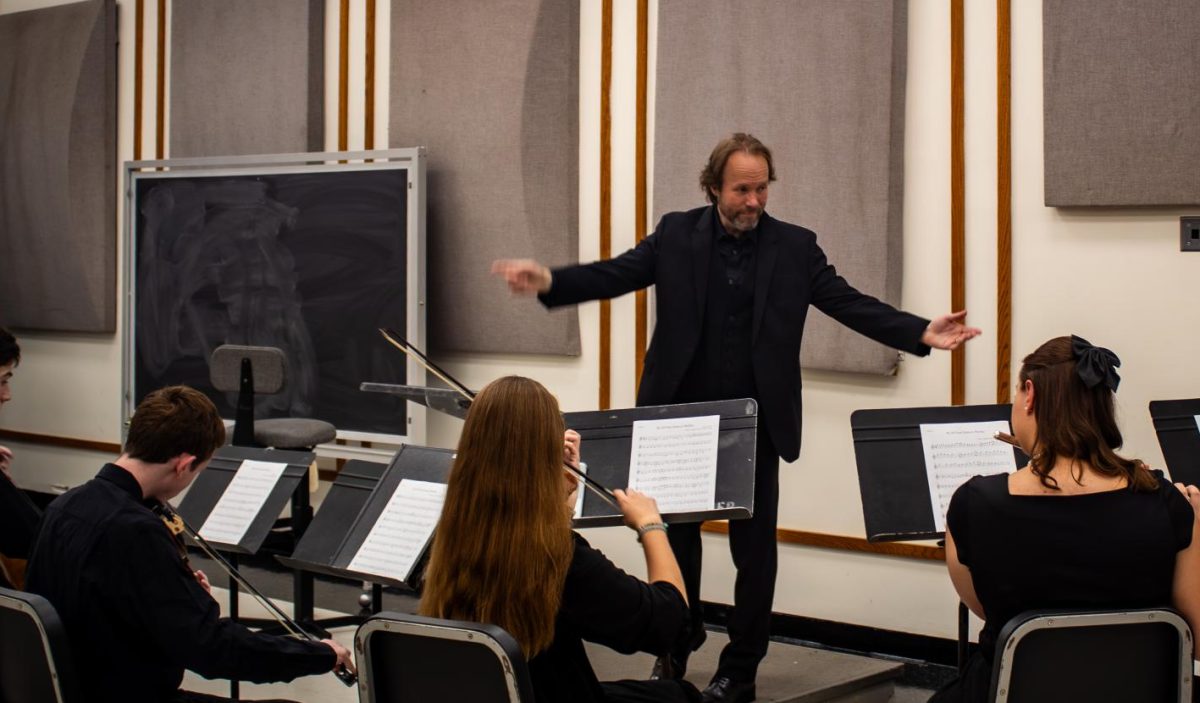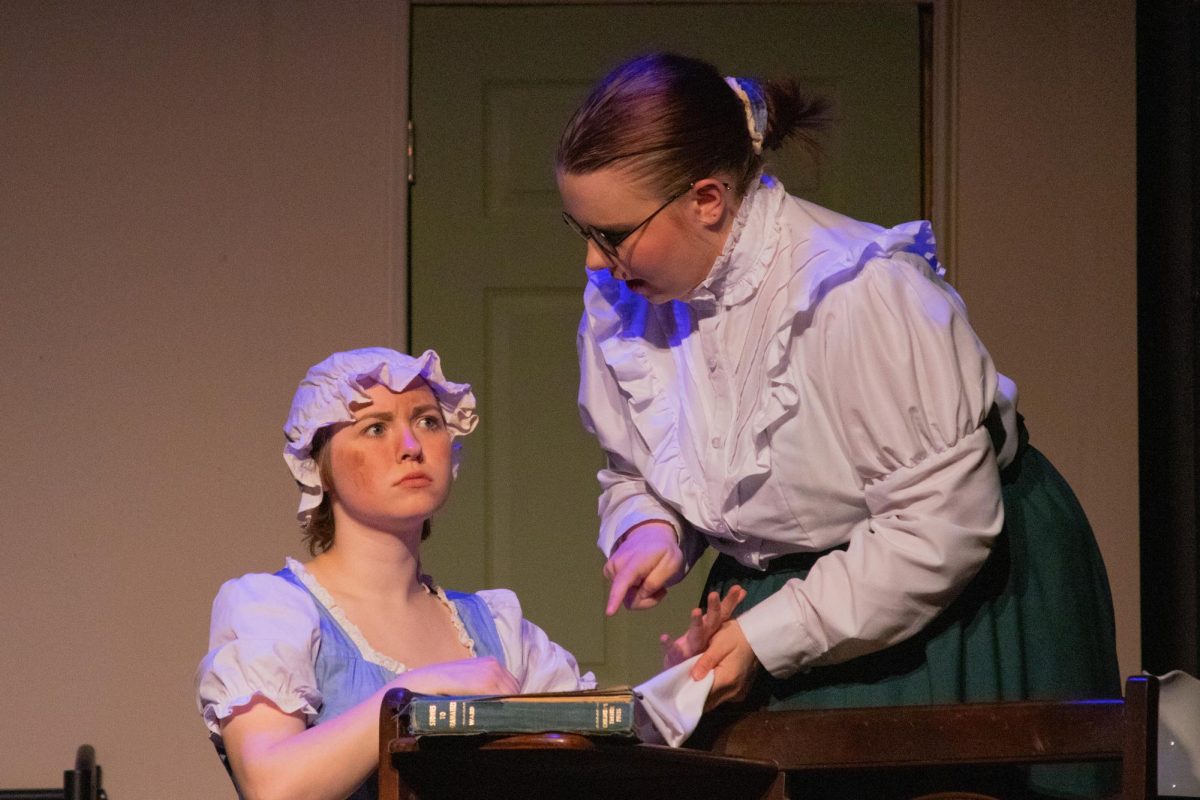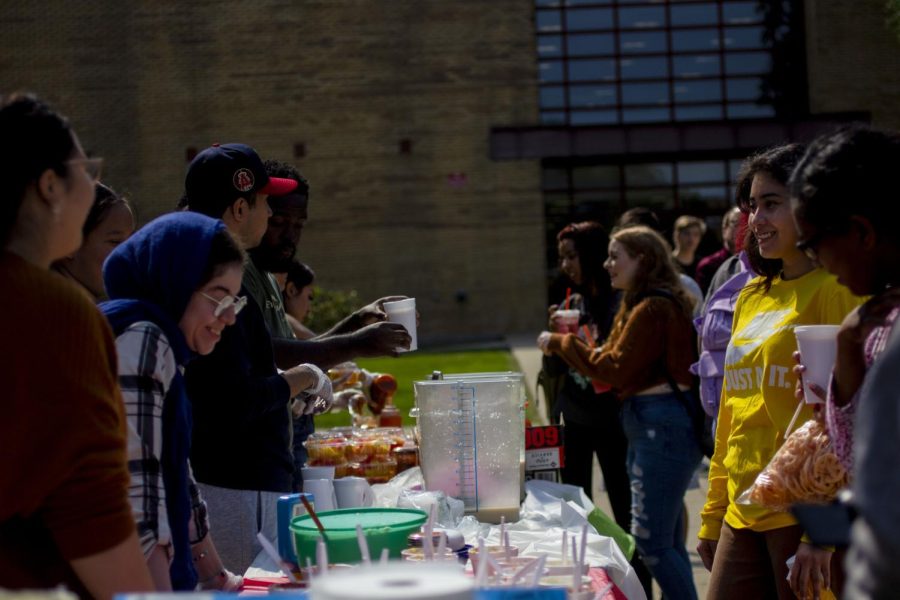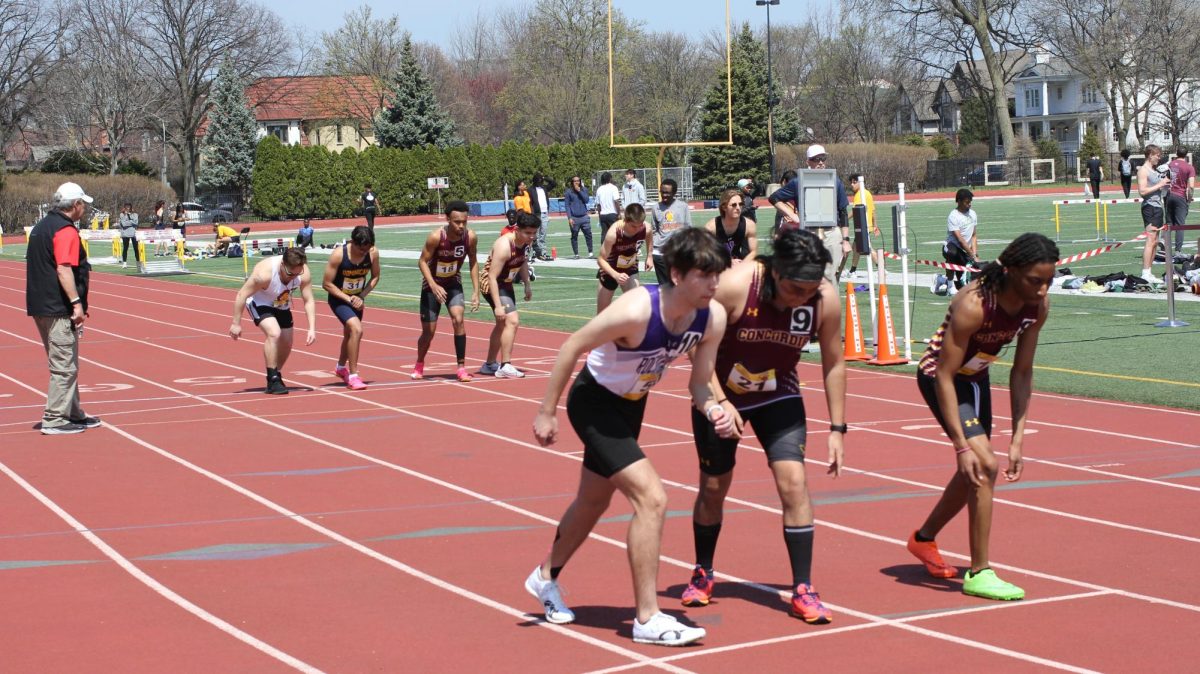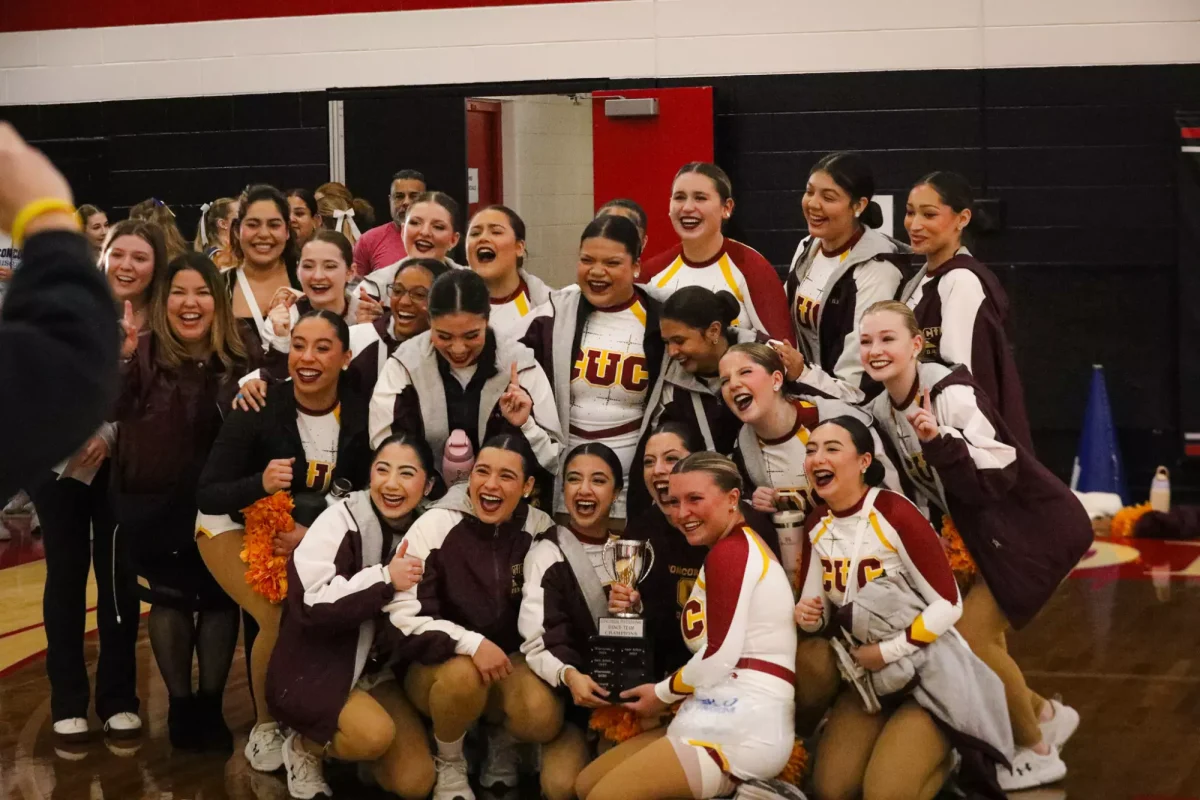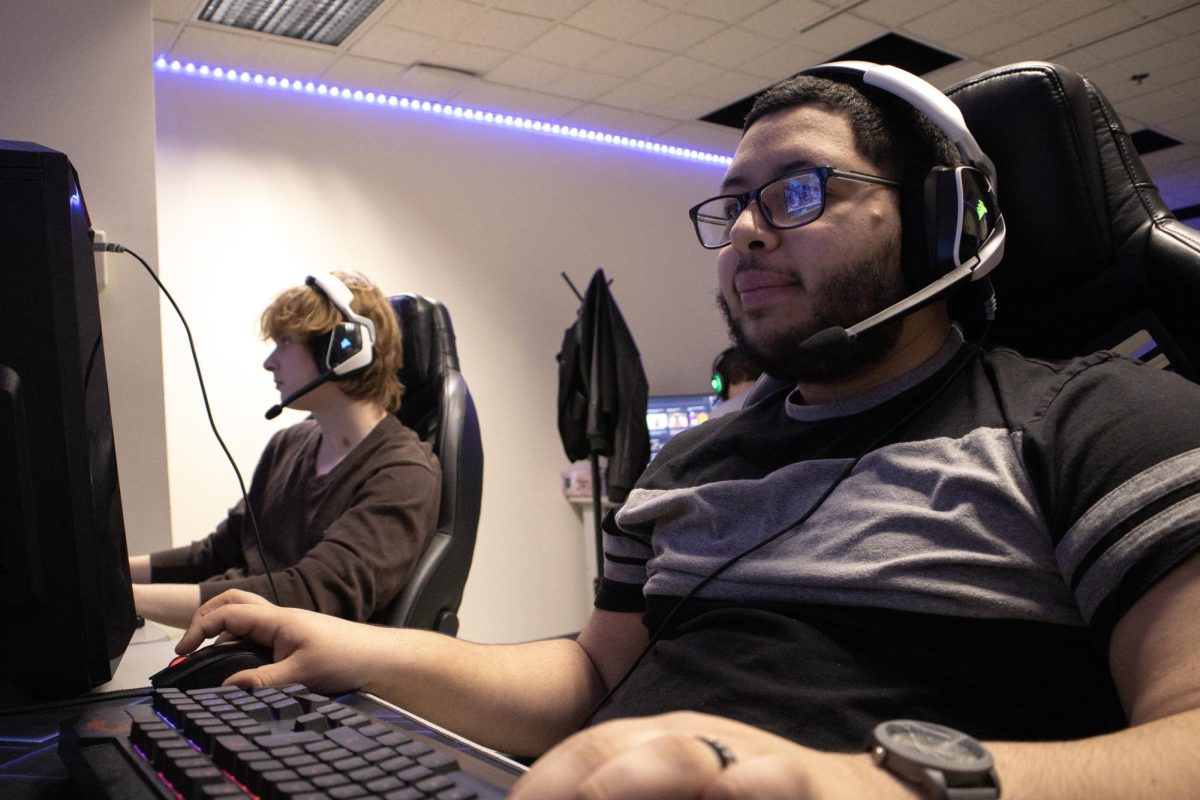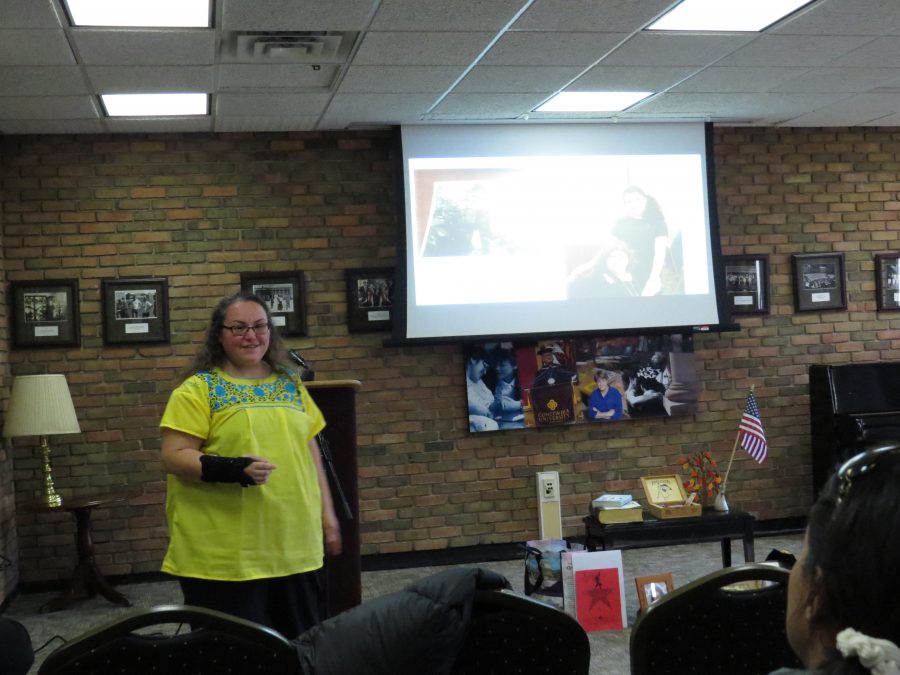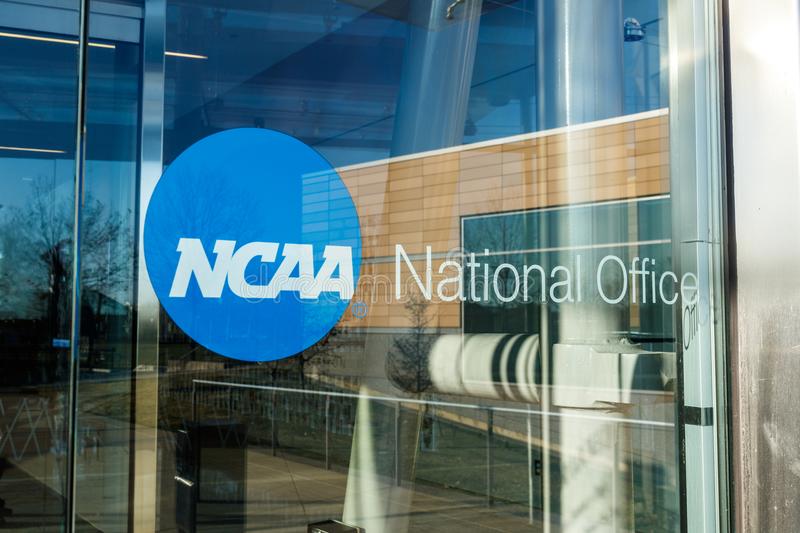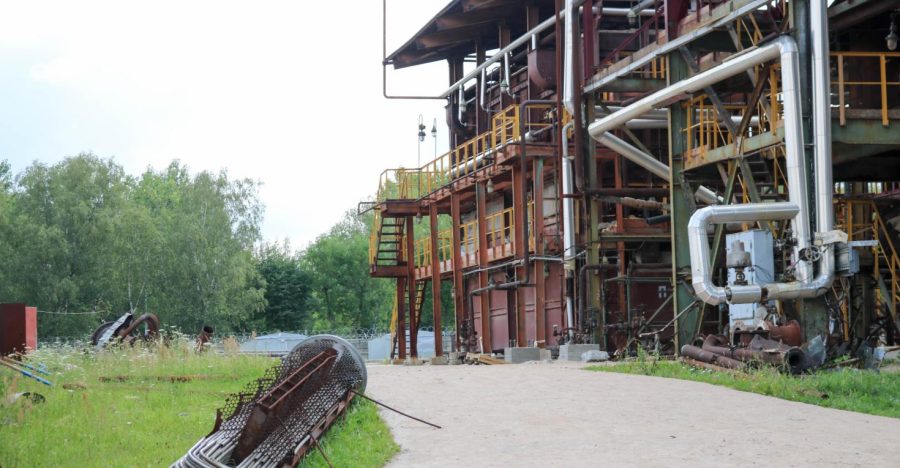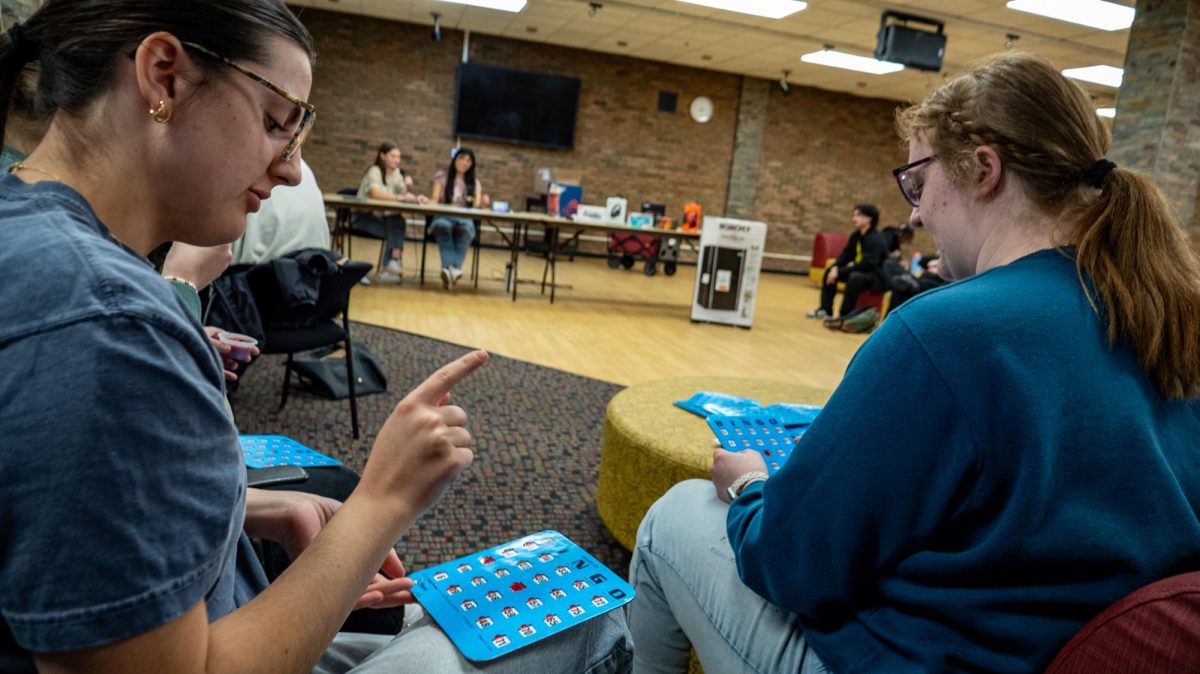How Health Care and Health Care Education Have Changed Because of COVID-19
December 11, 2020
Health care has always been a uniquely difficult field to work in, but it has been especially impacted by COVID 19. The coronavirus has increased the workload and number of patients that need care at one time. Due to the extraordinary circumstances and the unpredictable, learn-as-you-go approach, patients are often uneducated and it’s up to health care providers to be a source of knowledge and reassurance.
Kayce Henderson, a nurse and clinic manager from Johnston City, IL explains how the new circumstances have changed the way we approach patient care. She said, “It’s been a difficult learning curve to transition from a hands-on approach, such as physical touch and maintained eye contact and watching body ques made especially difficult because their faces are covered with masks. We make daily phone calls and we listen closely. Nursing isn’t just about the medical, it’s about making sure your patients’ needs are met.”
There has been a transition to outdoor care to ensure patient care as a whole. Patients who have been exposed to someone or show coronavirus symptoms have been required to receive outdoor care in order to allow for proper ventilation and minimizing the spread of the virus. This is done by being enclosed in small spaces with others who have been exposed.
The people in the medical field or pursuing degrees in the medical field have changed drastically since new precautions and risks have arisen through the pandemic. Mckenzie Nichols, an LPN, who recently received her certification from John A. Logan College in Carterville, IL, has shared her experience in completing her schooling in the new, post-COVID World. Clinicals were moved to an online setting because students are no longer allowed in hospitals as they are considered non-essential workers. Her lectures were moved from in-person lectures to online zoom sessions and they had to find new ways to test students for their proctored exams.
Nichols is not just a student, but also an employed nurse. To protect herself from the spread of the virus, she is required to wear a face shield and mask, screen patients thoroughly, and limit visitors. Patients are now able to do video calls for check ups if they do not want to visit in-person. One thing Nichols said has changed working in post-COVID health care is her night routine when arriving home after her shift. Nichols described her after work routine, “once I get home, I have to immediately put my clothes in the washer and disinfect the supplies I used at work such as pens, name tag, etc. and that’s what it has been like since March.”

